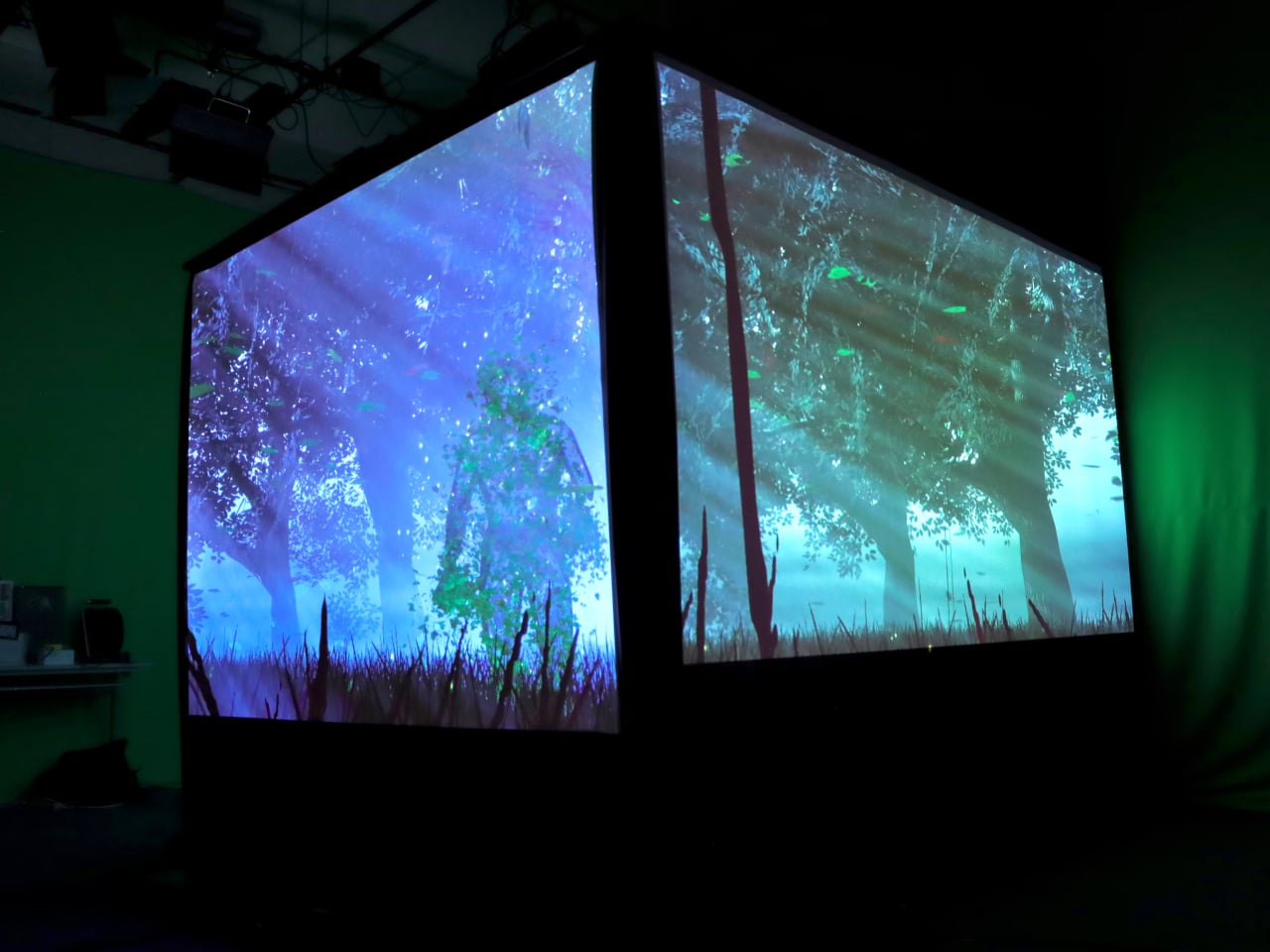Portalgraph Just Killed 3D Glasses With This Award-Winning Display
3D visualization has become a necessary evil that most designers secretly hate. Want to preview your architectural model in three dimensions? Better strap on a sweaty VR headset and hope you don’t bump into furniture. Need to show clients how their product looks from different angles? Good luck explaining why they need to wear bulky goggles for a simple design review.
Portalgraph by Beleve Vision cuts through this nonsense by turning any regular TV or computer monitor into a glasses-free 3D display that actually works. The technology creates convincing three-dimensional visuals without requiring headsets, special glasses, or expensive hardware upgrades. Multiple people can view the same 3D content simultaneously, making collaboration natural instead of awkward.
Designer: Beleve Vision
![]()
![]()
The system tracks your head movements in real time using a combination of hardware and software that attaches to existing screens. Move around, and Portalgraph adjusts the 3D perspective to maintain depth perception from different viewing angles. The technology converts 2D content into three-dimensional experiences instantly or displays native 3D content with proper depth that doesn’t strain your eyes.
Creative professionals get immediate workflow improvements from this approach. Preview 3D models without switching between programs or dealing with clunky interfaces. Spot proportion problems, lighting issues, and spatial relationships at a glance during normal work sessions. Team meetings become productive when everyone gathers around one screen and discusses specific design elements in a shared 3D space.
![]()
![]()
Real-world applications make sense across different creative fields. Architects can walk clients through building designs without technical training or comfort with unfamiliar technology. Game developers test character animations and environment layouts while maintaining their regular workflow patterns. Product designers showcase prototypes during video calls where clients examine designs from multiple angles without downloading special software or learning new interfaces.
The technology makes advanced 3D visualization accessible to smaller studios, freelancers, and educational institutions that can’t justify expensive VR investments. Portalgraph works with standard monitors and TVs, eliminating the need for specialized hardware purchases. This democratization opens creative possibilities for designers who previously couldn’t afford or manage complex immersive visualization setups.
![]()
![]()
![]()
Collaboration becomes the standout feature in creative workflows where feedback drives the design process. Traditional VR isolates users in individual experiences, making group discussions feel disconnected and inefficient. Portalgraph enables natural teamwork where designers, clients, and stakeholders examine identical three-dimensional content together while maintaining eye contact and normal conversation flow.
While Portalgraph remains limited in current market availability, the technology represents a significant leap toward making 3D content creation feel intuitive rather than technical. The ability to experience genuine depth perception without barriers could fundamentally change how designers approach their daily work, seamlessly blending 2D sketching with 3D visualization throughout creative processes without switching tools or mindsets.
![]()
The post Portalgraph Just Killed 3D Glasses With This Award-Winning Display first appeared on Yanko Design.
